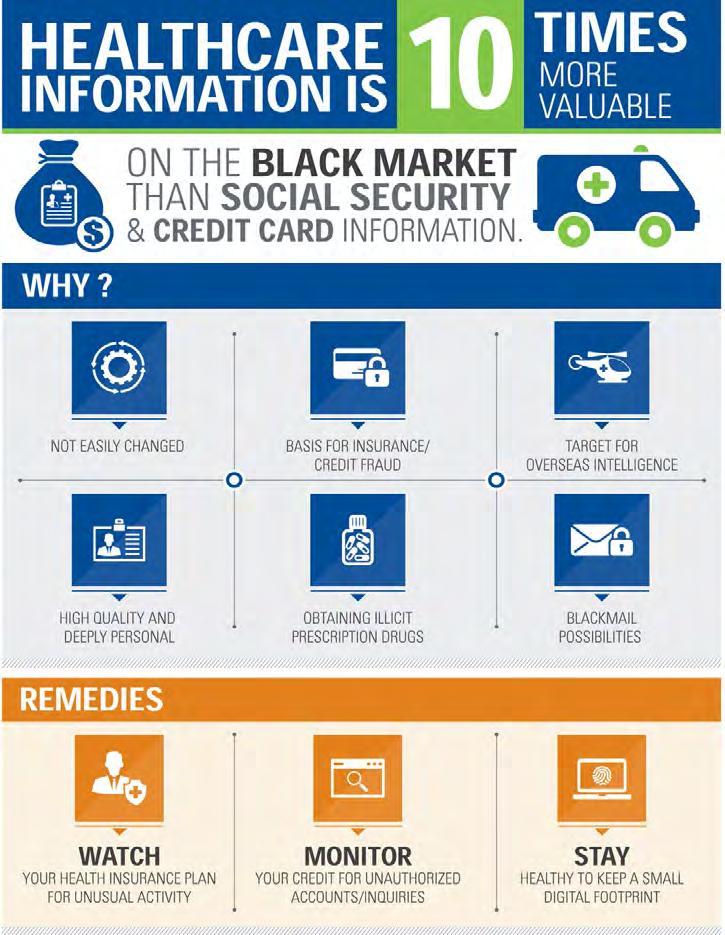Significance of CI CD Process in DevOps Muraleedharan Vijayakumar
Developing and releasing software can be a complicated process, especially as applications, teams, and deployment infrastructure grow in complexity themselves. Often, challenges become more pronounced as projects grow. To develop, test, and release software quickly and consistently, developers and organizations have created distinct strategies to manage and automate these processes.
Continuous Integration and Deployment has seen many benefits in the software delivery process. Initiating automated code builds once checks are completed, running automated test suites, flagging errors and breaking builds if not adhered to compliance have eased the way of deploying a stable release into staging or production environment and eliminating manual errors and human bias.
Did you know? Amazon releases a new production code once every 11.6 seconds.
How is CI/CD/CD Set Up?
Why CI/CD/CD? The era of digital transformations demands faster deployments into production. Faster deployments do not warrant defective releases, the solution – ‘DevOps’. The development team, operations team, and IT services team have to work in tandem and the magic circle that brings all of them together is DevOps. To adopt a DevOps culture, implementing the right DevOps tools with the right DevOps process is essential. Continuous integration/continuous delivery/continuous deployment (CI/CD/CD) help us developers and testers ship the software faster and safer in a structured environment.
Version control tools play an important role in the success of our DevOps pipeline. And designing a good source stage is pivotal to our CI/CD success. It ensures that we can version code, digital assets, and binary files (and more) all in one spot. This enables teams to communicate and collaborate better — and deploy faster. Our code branching strategy determines how and when developers branch and merge. When deciding on a strategy it is important to evaluate what makes sense for our team and product. Most version control systems will let you adopt and customize standard strategies like mainline, trunkbased, task/feature branching, etc.,
The biggest obstacle that needs to be overcome in constructing a DevOps environment is scalability. There are no definite measures on the scalability of an application or product development, but DevOps environment should be ready to scale to meet business and technology needs. It lays a strong foundation for building an agile DevOps for the business.
19







